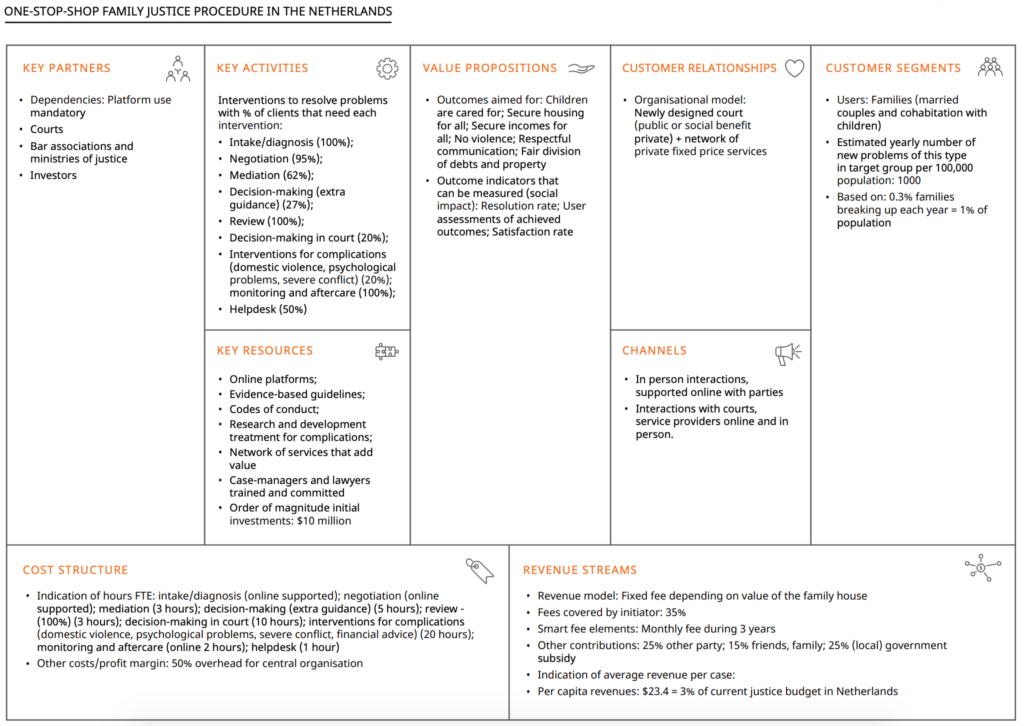Photo by Keira Burton from Pexels
In what setting?
One-stop shop platforms and procedures that integrate information, negotiation, mediation and adjudication and support are mostly found in high-income countries. Examples include the British Columbia Civil Resolution Tribunal and employment conflict procedures in the UAE. Ombudsman procedures also may include facilitation and adjudication in the form of (binding) recommendations. Such procedures are most commonly found in higher income countries and their task is usually the limited to the relationship of citizens with government agencies. In some countries, this model is also applied to consumer complaints.








